Desertification is the process whereby grasslands slowly turn into deserts, and suggesting that we can help reverse this process with livestock sounds counter-intuitive, especially as livestock is usually named as one of the major contributors to desertification.
In the video below, Allan Savory, who has spent a lifetime studying and working towards poverty eradication and wildlife conservation, explains his vision of ‘holistic planned grazing’ as a way to reverse desertification all over the world. It really is a radical vision, and if he’s right, not only could his ideas help to stop the spread of deserts, they could help remove atmospheric carbon, build soils and provide more food for humans.
He explains that grassland turns to desert because we create too much bare ground. Desertification is a potential or existing problem on 2/3 of the world’s land area. Nature always tries to cover ground in vegetation, but in these areas, more bare ground means that when rains fall, the water is absorbed into the ground, but then evaporates because of the lack of plant cover. Then the dry soil erodes away. This process has traditionally been blamed on overgrazing by livestock.
Savory insists that this view is wrong, and in parts of Africa, Australia and the US where livestock have been completely removed, the desertification process has accelerated rather than reversed. For thousands of years, the world’s grasslands have supported enormous numbers of large, wild herbivores, in huge herds that are constantly on the move. This is because with such large numbers of animals, the grass soon becomes trampled and covered with urine and dung, and not fit for consumption. The herds move on to find fresh grass.

Trampled grass and dung left behind after herds of grazing animals have passed through.
When there are no herds of grazing animals, the grass grows to its full height, then dies, whereupon it starts to decay in mats that cover the land and prevent the growth of new shoots. Also, of course, the soil doesn’t get the benefit of the animal’s manure. Sometimes the grass decays completely leaving barren soil, and sometimes natural fires remove the dead grass, but cause enormous carbon emissions and nutrients are lost to the soil. Humans have tended to burn off the dead grass to remove dead material, with the same results.
He has always found that burning produces desertification, but also that the removal of large herds of herbivores produces desertification too. He insists that there is only one option to prevent this from happening, and that is to re-introduce large herds of livestock, constantly moving in a way that mimics nature.
His point is that if we re-introduce or even just increase numbers of livestock in a way that mimics nature on half the world’s grassland, we could increase plant cover so that potentially, we could take so much carbon from the atmosphere that atmospheric carbon could return to pre-industrial levels. Plus, of course we could feed a lot more people, as livestock is the only way to produce food from the world’s grasslands.
Here’s the video:

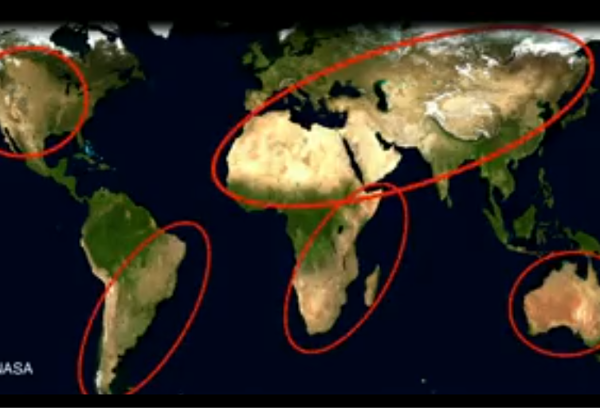
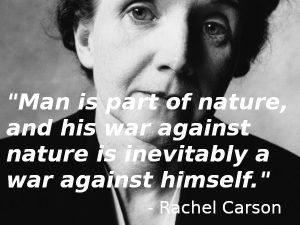
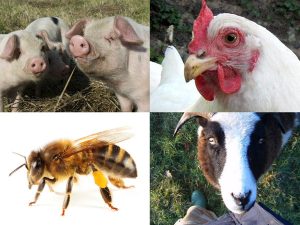
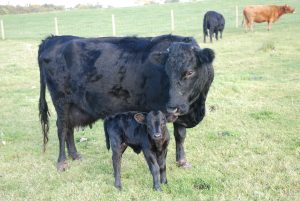
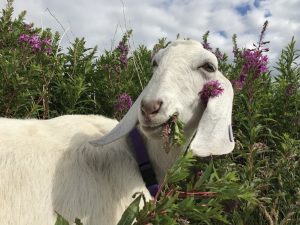
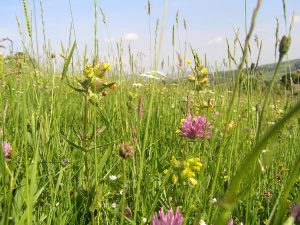
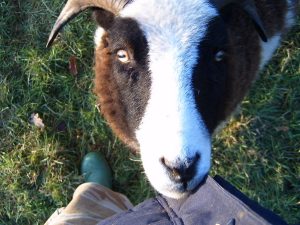
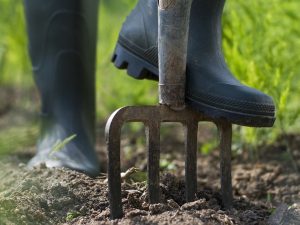
7 Comments
If you google Allan Savory you’ll find some people knocking it including George Monbiot (the green conscience of the chattering middle classes) – fair enough but keep going down to http://sustainablefoodtrust.org/articles/george-monbiot-allan-savory/ where organic farmer and chief executive of the sustainable food trust Patrick Holden counters Mobiot’s theoretical arguments with his in-depth practical knowledge and many years experience.
Possibly the vehemence of his detractors is influenced by the fact that putting his system into practice doesn’t offer large corporates any money-making opportunities. Training nomadic farmers won’t bump up the share price like carbon sequestration technologies or turning millions of hectares of the Amazon to growing mono-culture soya.
From what he says, it strikes me we (as in the planet) could get far better results on climate change and on obviating the coming food crisis as population increases at a relatively tiny cost compared to most other ideas about
I’m not a farmer but I have 3 acres of poor pasture that a local farmer keeps sheep on. Over the last 5 years I’ve seen the quality of that pasture fall, supporting less livestock as grass is swamped with mosses. The conventional answers are to sub-soil it, harrow, lime & fertilise and re-seed. Having watched this video twice, I’m talking with another smallholder about mob-grazing it to improve the quality. Desertification isn’t a problem in N Wales but soil quality is.
Hi explanation of grass reaction to grazing is 100% right Most competent green-keepers know this already!
Thanks for writing this up and posting it, Dave. If it gains enough traction and wide-scale implementation the future might not be as grim as I fear.
It certainly seems logical, but Monbiot does his research well. I’ll have a look. Monbiot’s definitely not pro-corporate though, and I’m not sure why there’s anything in his ideas that prevents corporations buying up huge tracts of grassland (rather than the usual rainforest) to run cattle on, or to pay peasant farmers to run cattle on. I can’t see anything intrinsic in his ideas that keeps the corporate sector out. That’s another problem altogether of course.
Sadly I suppose you’re correct re corporates but Savoury does make the point that training nomadic farmers is all that’s needed. If those nomads reverse the desertification and keep more animals, then their standard of living will improve. It’s a real win-win all round.
I find all this very exciting. And although restoring the great herds across the grasslands is going to require both international collaboration and land reform, things seem much easier in the small scale, it seems as though individual farmers and communities participate with and benefit from this system even when capitalism’s autonomous logic dictates competition and short termism. I just wonder how much Savoury’s private approach can acheive the whole thing given the scale of change required by policy makers and the scale of a grass roots movement that would actually drive that change.
To me, this approach is something along the lines of ‘re-wilding.’ We would reduce flooding massively in the UK if we let the high ground ‘re-wild’ and allow shrubs and trees to grow, as the land would have 60% more water absorption per meter. We actually spend a lot of money keeping the high ground bare, so simply stopping this (as it turns out unnecessary) human activity benefits us. In the same way, stopping the human activity of dividing up and burning the plains and allowing herds to move freely can actually activate the potential of that land and have a huge benefit to all mankind.
That’s a fascinating point about the nomadic farmers. I am working on ideas at the moment to create nomadic dwelling structures that might support a system of agriculture this way by being light enough to be towed on a bicycle and provide water, electric, waste disposal and heating and even communication by creating spontaneous internets with other nomadic houses. I’d be very interested to see if you have good results with your soil quality by mob grazing – do keep us informed!
I agree. Forested highlands could also possibly produce just as much meat as grazing sheep on bare hills. Pigs can be raised in woodland – in fact that’s what we did at Redfield community – it’s wild pigs’ natural habitat and they love it. Plus wild deer can be hunted for meat. But then, of course, on top of that, we’d get a much richer habitat for wildlife, a huge carbon sink, plus a resource – tons of firewood and timber etc. Norway’s hills tend to be forested, and they support a much greater diversity of employment opportunities than Scotland – charcoal burning, green woodworking, wild food foraging as well as pigs, game, timber etc.
But I loved your comment about a ‘grass roots movement’. Very apt.
This is a great idea. One thing I believe is important though is the type of animal/livestock placed on the land. For example in Australia a lot of the native plants and grasses are adapted to soft footed animals such as kangaroos, not hard-hoofed animals such as cattle.
“Hard-hoofed animals, such as cattle, horses and sheep, trample native vegetation and compact the soil, which prevents seedling growth and encourages soil erosion. Many native plants cannot survive intense grazing by these introduced animals.”
https://www.environment.gov.au/resource/threatened-australian-plants-0